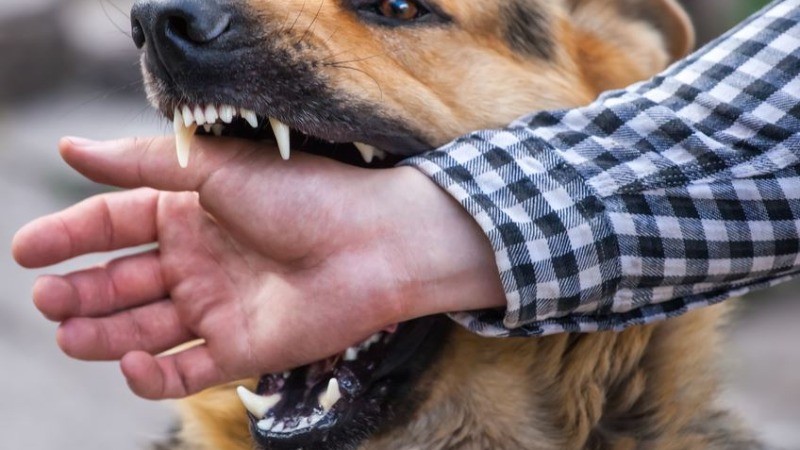
Dog bites can occur unexpectedly, and knowing how to respond can significantly reduce the risk of infection and other complications. Here’s a detailed guide on what to do immediately after a dog bite.
Understanding the Risks
Dog bites can lead to serious health issues, including infections and diseases like rabies. Bacteria from the dog's mouth can enter the body through broken skin, leading to infections if not treated promptly. Understanding the importance of immediate action is crucial in preventing complications.
Immediate Steps to Take After a Dog Bite
1. Stay Calm and Assess the Situation
Stay Calm: Take a moment to calm yourself. Panic can make the situation worse.
Assess the Severity: Determine how serious the bite is. If it's a minor scratch, you may handle it at home. If it’s deep, bleeding heavily, or from a stray or unknown dog, seek medical help immediately.
2. Clean the Wound
Wash Your Hands: Before touching the wound, wash your hands with soap and water to avoid introducing more bacteria.
Rinse the Wound: Rinse the bite area thoroughly with lukewarm water for at least 15 minutes. This helps to remove saliva, dirt, and bacteria from the wound.
Use Soap: After rinsing, gently wash the area with soap and water. Avoid scrubbing too hard, as this can further irritate the wound.
3. Control Bleeding
Apply Pressure: If the wound is bleeding, use a clean cloth or bandage to apply gentle pressure. This can help stop the bleeding.
Elevate the Area: If possible, elevate the injured area above heart level to reduce blood flow to the wound.
4. Apply an Antibiotic Ointment
Antibiotic Cream: Once the bleeding has stopped and the wound is clean, apply an over-the-counter antibiotic ointment to help prevent infection. Common options include Neosporin or similar products.
5. Cover the Wound
Use a Bandage: Cover the wound with a sterile bandage or dressing. This protects the area from further injury and contamination. Change the bandage daily or if it becomes wet or dirty.
6. Monitor for Signs of Infection
Watch for Symptoms: Keep an eye on the wound for signs of infection, such as increased redness, swelling, warmth, pus, or worsening pain. If any of these occur, seek medical attention.
7. Seek Medical Attention
When to See a Doctor: It is essential to see a healthcare professional if:
The bite is deep or caused by a wild or unknown dog.
You notice signs of infection.
You haven’t had a tetanus shot in the last five years.
The dog was acting strangely or might be rabid.
8. Get Vaccinated if Necessary
Tetanus Shot: A tetanus booster may be necessary, especially if the wound is deep and your vaccination is not up to date.
Rabies Vaccine: If the dog is unknown or unvaccinated, your doctor may recommend a rabies vaccine series to protect against this potentially fatal disease.
Preventing Future Dog Bites
While it’s essential to know how to respond after a dog bite, prevention is equally important. Here are some tips to reduce the risk of dog bites:
Approach Dogs Cautiously: Always ask the owner before petting a dog and observe the dog's behavior.
Avoid Provoking Dogs: Don’t tease, provoke, or corner dogs, as this can lead to aggressive reactions.
Educate Children: Teach children how to interact safely with dogs and the importance of respecting a dog’s space.
Knowing what to do immediately after a dog bite can significantly reduce the risk of infection and other complications. Always prioritize cleaning the wound and seeking medical attention when necessary. By being informed and prepared, you can ensure a better outcome in the event of a dog bite.
World Heart Day: Bhagyashree Highlights Power of Positive Thinking and Nutrition for a Healthy Heart
Second Mpox Case Confirmed in Kerala: Man Returning from UAE Hospitalized in Kochi
World Heart Day: 10 Simple Lifestyle Changes to Reduce Your Risk of Heart Disease